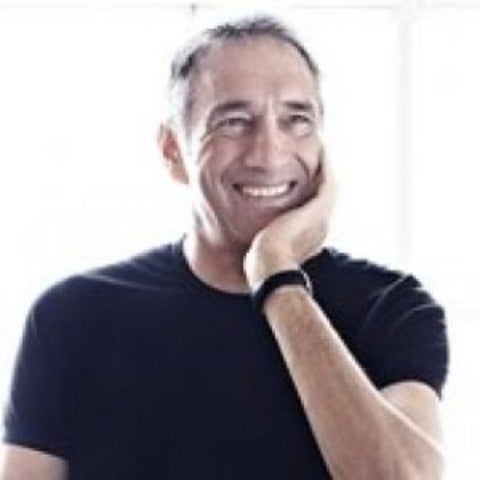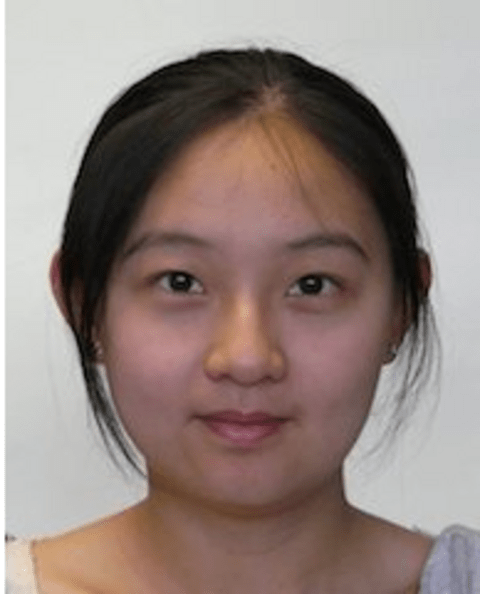RAC1 Journal Club/Seminar Series
Sangil Kwon: Phase in Superfluids and Spontaneously Broken Gauge Symmetry
It is often said that superfluids (including superconductors) can be described by a macroscopic quantum wavefunction and their phase transition can be understood based on the concept of spontaneously broken gauge symmetry. This statement is not, however, trivial at all. In this seminar, I will discuss some conceptual problems that stem from applying the concept of spontaneously broken gauge symmetry to superfluids.

 Featured Speaker: Dr. Ron Dembo
Featured Speaker: Dr. Ron Dembo
 Xiaodong Ma: Topological insulator and the quantum anomalous Hall effect
Xiaodong Ma: Topological insulator and the quantum anomalous Hall effect